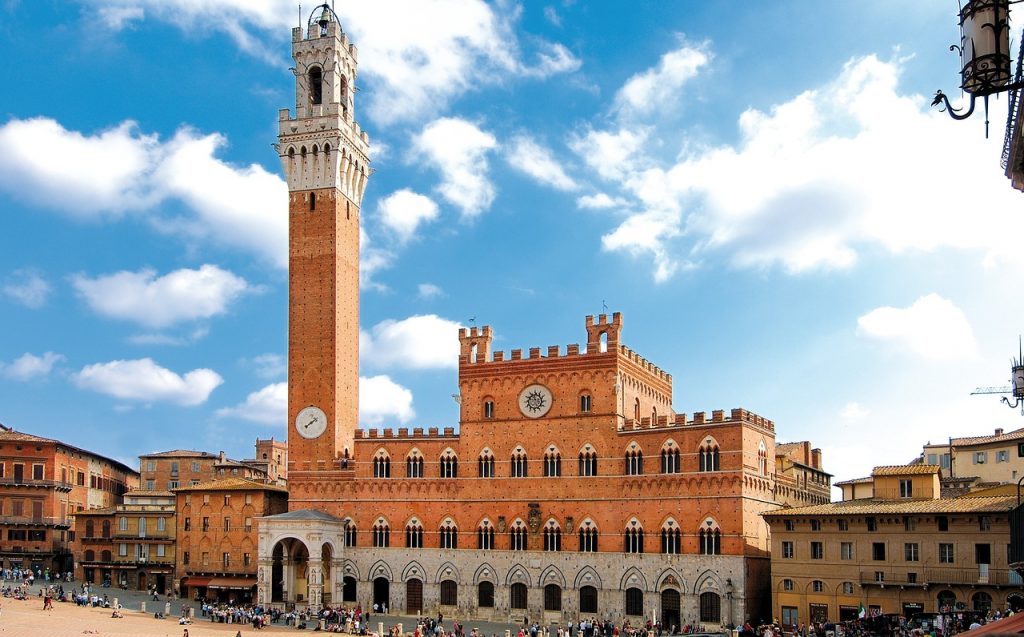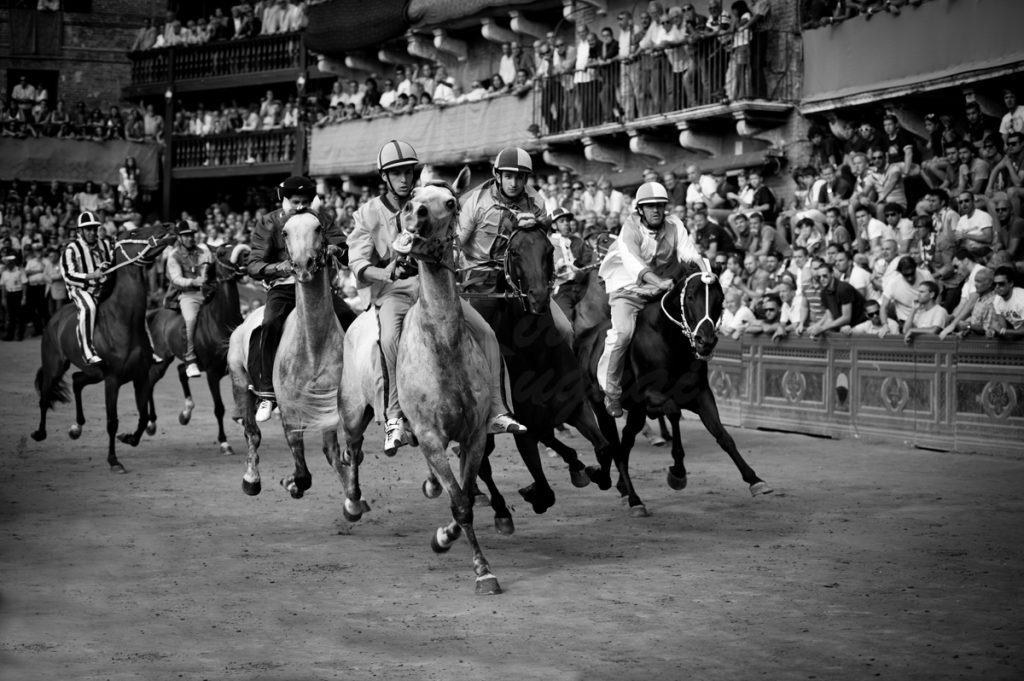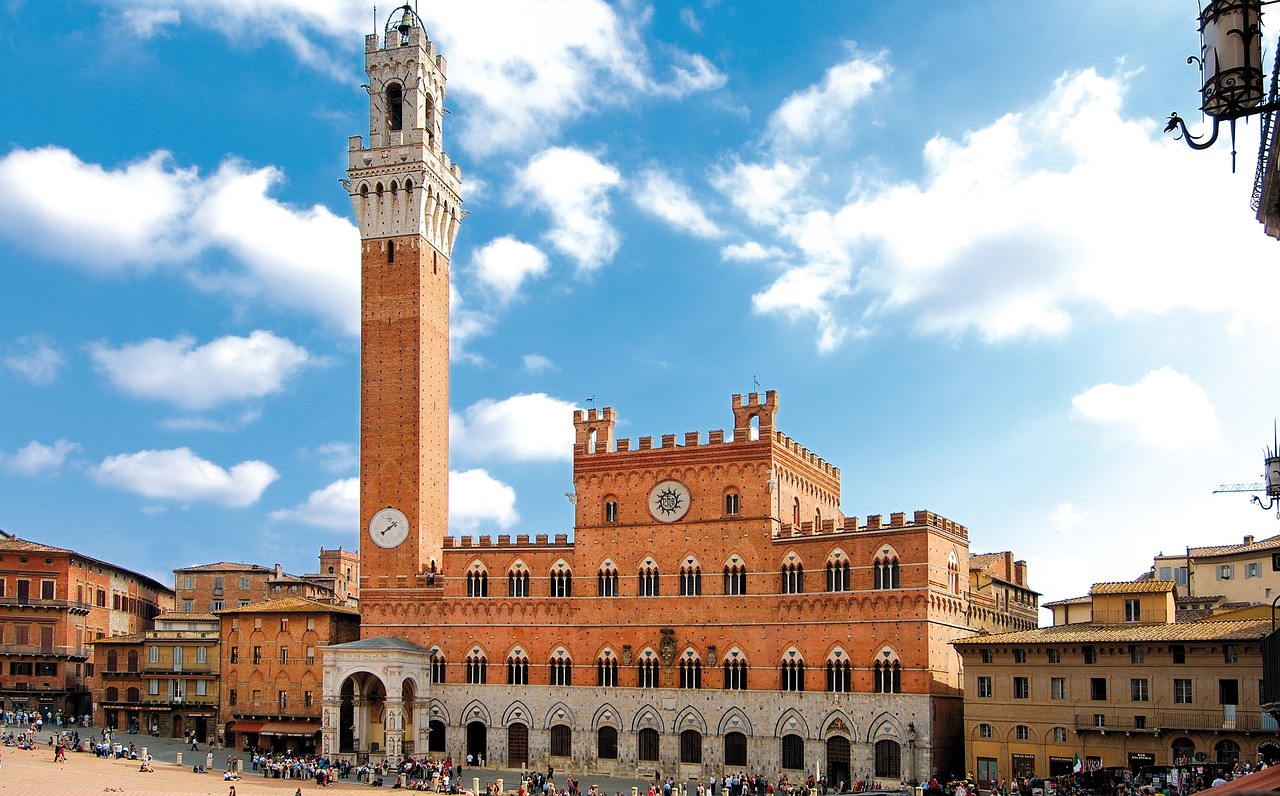Lulled by the warmth of the Tuscan heart it is among the most beautiful cities in Italy. Numerous the glimpses that tell of an ancient medieval village. Architectures, squares, old floors. Everything here has the flavor of a bygone era that dominated the city, leaving an imprint that is still tangible today. Siena, a little gem rich in culture.
Four steps in history
Walking through its streets one can only feel the sensation of a city permeated by history. A culture present everywhere. Dense as if it were oil spilled on the ground that suddenly expands everywhere. It turns out then a village that preserves the wisdom of the ancients. But also the idea of an idyllic location that appears as if it is still in time even if it is alive.

What, then, can we observe as we walk along its streets? Certainly those buildings which are testimony of the period of maximum urban development. When Siena in the Middle Ages became the rival of Florence. A competition that led the two cities to enrich themselves with what today are their most significant beauties. Town hall with its red bricks, seat of the Government of the Nine. That semi-democratic group that, between the end of the thirteenth and mid-thirteenth century, placing itself at the helm of the city favored its splendor. Next to the old Town Hall stands the Civic Tower. It still retains a curious name today, called del Mangia, perhaps the epithet of one of the many bell rings. The whole is part of the famous Piazza del Campo which opens like a fan thanks to the travertine paving.
The Cathedral and the University
And then the splendid Duomo. As if it were drawn, cut out against the background of the sky, it is instead real. Fruit of the work of virtuous ancestors. In his Roman-Gothic style, also recognizable for that chromatic effect given by the use of white, red from Siena and serpentine from Prato marble.

A nuance also taken up in the internal space he sees the alternation of black and white. A choice, not a coincidence. They are in fact these the colors of Siena, protagonists of the city coat of arms. In the end, what better testimony of the cultural link between past and present than the historic University? Daughter of the Middle Ages was directly "maintained" by the Municipality. In fact, it was the citizens who rented houses to students who supported the payment of an important tax. That the salaries of the teachers were paid with the proceeds. Modern Siena soon saw a cultural and political strength in the university. Thus strengthening over time, the University still preserves a long history of eight centuries, becoming a fundamental place for the investigation of multiple aspects of knowledge.
Siena and its living traditions
Whoever says Siena cannot help but think of his own pallium. A tradition rooted in time that is still very much alive today. In fact, the feeling that dwells in the minds of the Sienese is strong. A feeling that has allowed the repetition of ancient practices up to our days. This is precisely the case with the palio of Siena. The first traces that led to delineate the forms of the great event are found in the Middle Ages. A horse race created to celebrate particular holidays. On the one hand to honor the Virgin, as happens on the occasion of the Assumption, on the other hand to pay the political government with the elaboration of rites of subjection. Everything was organized in detail. First of all, a commission was appointed to entrust the management of the palio. Secondly, the choice of horses, and finally the participation of the nobles as skilled ones steeds.

A race that followed the outer limit of the walls leading the procession, through a city gate, up to the Duomo. What motivated the notables participating in the competition? Certainly it is spirit of belonging to the specific district but also the recognition of victory. It was a symbolic prize made up of a precious fabric. But if whoever triumphed deserved a tribute, the same was done with regard to the latest arrival. Today it would be called a little cute gesture considering that the unfortunate man on duty had to collect a "porco". What it was exactly is not known but some interpretations speak of a hat echoing the animal's head. The tradition of the palio continued over the centuries, reaching up to today thus manifesting that sense of belonging and all the love that, even today, unites the ancient city to the present people.





